
Interesting Facts All About Timepieces
From surprising origins to record-breaking auctions, these 12 fascinating facts about timepieces will change the way you see watches forever!

12 Interesting Facts About Timepieces
Time has always captivated humankind—an invisible force that shapes our lives, drives innovation, and inspires art. At the heart of this fascination lies the humble yet extraordinary watch. Far more than just an accessory, watches blend precision engineering, timeless design, and rich history into a single, wearable marvel. For many, they are not just tools but essential companions that reflect personal style, status, and an appreciation for craftsmanship.
Whether you’re a seasoned watch enthusiast or just starting to explore the world of horology, you’re in for a treat. Dive into these 12 captivating facts about timepieces that reveal their surprising origins, iconic moments, and enduring legacy.
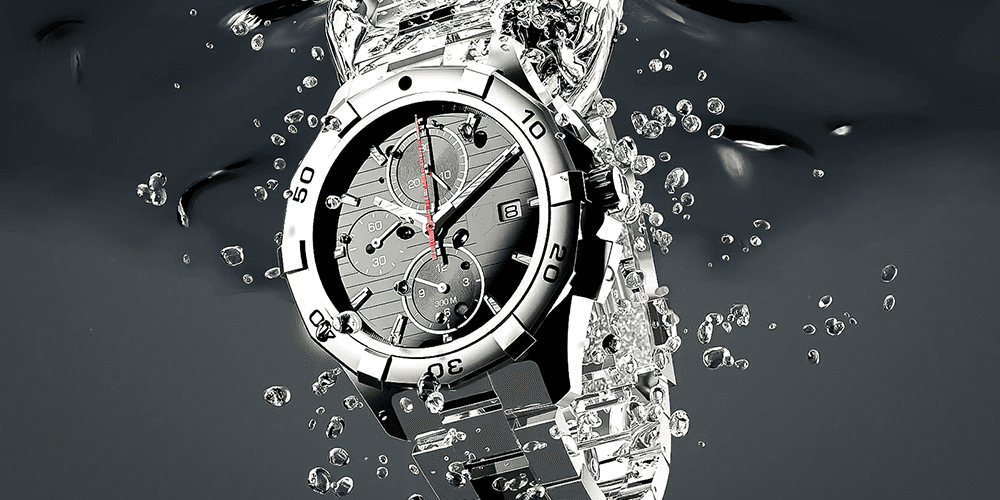
1. Early Watches Only Had the Hour Hand
Watches have a long and fascinating history, dating back to the 15th and 16th centuries. Surprisingly, the earliest watches featured only an hour hand, providing a much simpler method of timekeeping than what we know today. The concept of tracking minutes and seconds was still a distant idea, as precision wasn’t yet a priority for early timekeepers. It wasn’t until the early 17th century that the minute hand made its debut, revolutionizing how people measured and perceived time. This advancement paved the way for the intricate, precise timepieces we treasure today.
2. Wristwatches Were Originally Designed for Women
It might come as a surprise, but wristwatches were originally created with women in mind, blending utility with artistry. In the 16th and 17th centuries, early wristwatches were known as “bracelet watches,” designed to be both a functional timepiece and a piece of elegant jewelry. They featured intricate craftsmanship, delicate designs, and luxurious materials like gold, silver, and gemstones, making them as much a statement of fashion as they were of practicality.
At the time, men preferred pocket watches, which were considered symbols of sophistication and status. Wristwatches, by contrast, were seen as decorative and feminine, catering to women who valued both utility and aesthetic appeal. These early designs often emphasized ornate details, with cases and dials that mirrored the styles of fine jewelry.
It wasn’t until the early 20th century, during the chaos of the First World War, that wristwatches began to transition into the mainstream for men. The practicality of having time readily accessible on the wrist proved indispensable in military scenarios, forever changing perceptions of this once “feminine” accessory.

3. Wristwatches Gained Popularity During World War I
While wristwatches may seem indispensable today, they weren’t always a staple in men’s fashion. As previously mentioned, their widespread adoption didn’t occur until World War I, when practicality outweighed tradition. Before the war, men primarily relied on pocket watches, viewing wristwatches as a novelty or a women’s accessory.
However, the demands of wartime changed everything. In the trenches, quick and easy access to time was crucial for coordinating movements and operations. Wristwatches offered soldiers the freedom of movement and convenience that pocket watches simply couldn’t provide. By strapping a timepiece to their wrists, soldiers could focus on the battlefield without the cumbersome need to retrieve a pocket watch.
This pivotal moment in history not only cemented the wristwatch as an essential tool for men but also set the stage for its transformation into a symbol of style and functionality in the decades to come.
4. Rolex was Created in Great Britain, Not Switzerland
When you think of Rolex, you likely picture the serene Swiss Alps, precision craftsmanship, and the heart of the global watchmaking industry. However, Rolex’s origins tell a different story. Surprisingly, this iconic brand wasn’t born in Switzerland—the so-called “watch capital of the world”—but in Great Britain.
Founded in London in 1905 by Hans Wilsdorf and Alfred Davis, Rolex began as a small company dedicated to crafting reliable, elegant timepieces. It wasn’t until 1920 that the company relocated to Geneva, Switzerland, seeking a new home that offered unparalleled expertise in fine watchmaking and an ideal setting to grow into the luxury powerhouse we know today.
This unexpected journey from Britain to Switzerland not only shaped the brand’s identity but also contributed to its reputation as a global leader in both innovation and timeless design.
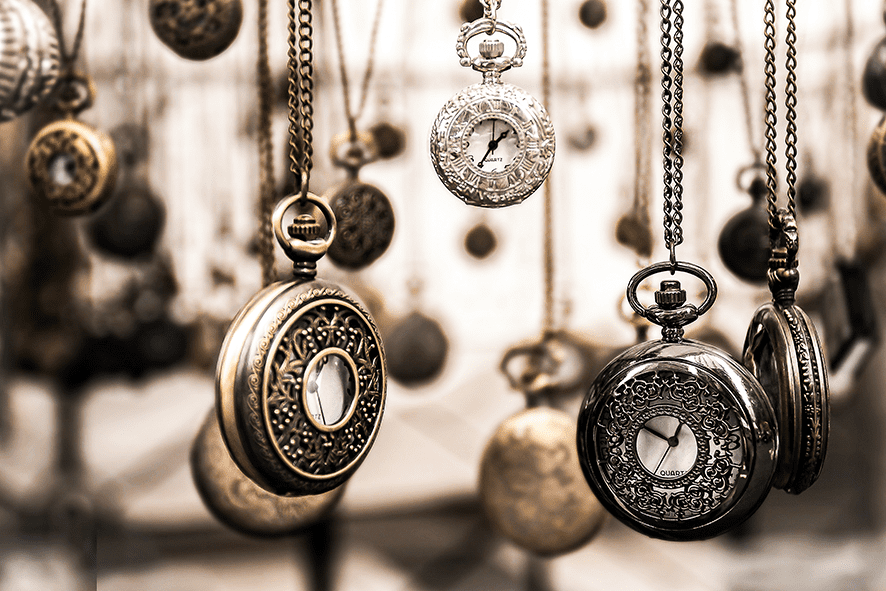
5. Mass-Produced Two-Timezone Pocket Watches Are Newer Than You’d Expect
When you think of innovations in pocket watches, it’s easy to assume they date back centuries. However, mass-produced pocket watches featuring two time zones are a relatively modern development in horology. Surprisingly, it wasn’t until 1853 that Tissot introduced these groundbreaking timepieces to the public.
This innovation revolutionized travel and communication, offering wearers the ability to track time in two locations simultaneously—an essential feature for an increasingly interconnected world. Tissot’s two-timezone pocket watches became a symbol of practical sophistication, blending functionality with the timeless elegance of traditional craftsmanship.
Who knew such a staple of horological history was a product of the mid-19th century rather than the dawn of pocket watches? This development marked a turning point, showcasing the evolving needs of watch enthusiasts and travelers alike.
6. Jacques Cousteau Brought Submariner Watches Into the Spotlight
The Rolex Submariner, one of the most iconic dive watches in history, owes part of its fame to the legendary ocean explorer Jacques Cousteau. Known for his groundbreaking underwater adventures, Cousteau showcased the Submariner in his 1954 documentary The Silent World.
This cinematic masterpiece not only captivated audiences with its breathtaking exploration of the ocean depths but also highlighted the Submariner’s unparalleled functionality and durability in extreme conditions. Cousteau’s endorsement helped cement the Rolex Submariner as the go-to watch for divers and adventurers, forever associating it with the spirit of exploration and resilience.
Thanks to Cousteau, the Submariner isn’t just a watch—it’s a symbol of the deep-sea frontier and the unyielding pursuit of discovery.
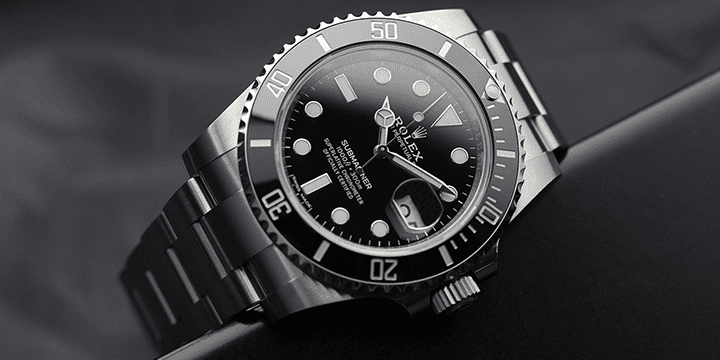
7. Paul Newman’s Rolex: The Most Expensive Watch in History
Few watches have a story as captivating as Paul Newman’s Rolex Daytona, a timepiece that transcended its role as a mere accessory to become a symbol of elegance and history. This legendary watch, owned and worn by the Hollywood icon, shattered records when it sold at auction for an astonishing $17.8 million, making it the most expensive watch ever sold at the time.
The Daytona wasn’t just a watch—it was a deeply personal item, gifted to Newman by his wife, engraved with the words “Drive Carefully, Me.” Its association with the actor, racecar driver, and philanthropist added an unparalleled allure, capturing the hearts of collectors and fans worldwide.
This sale not only cemented the watch’s place in horological history but also highlighted the timeless connection between craftsmanship, celebrity, and the enduring value of a great story.
8. Stanley Kubrick Commissioned Custom Watches for 2001: A Space Odyssey
Stanley Kubrick, the visionary director celebrated for his meticulous attention to detail, extended his perfectionism to every element of his films—including the watches. In 1966, while preparing to bring Arthur C. Clarke’s 2001: A Space Odyssey to life, Kubrick collaborated with the design team at Hamilton to create futuristic timepieces that matched his groundbreaking vision for the sci-fi masterpiece.
The result? Two iconic creations: the “Odyssey 2001,” a sleek, modern watch embodying the film’s minimalist aesthetic, and the “Pulsar,” a trailblazing design featuring an LED display that would later revolutionize the watch industry in 1970. These timepieces not only enhanced the film’s authenticity but also cemented Kubrick’s legacy as a pioneer who redefined the boundaries of cinema—and horological design.
Even today, these watches remain symbols of innovation, blending storytelling with cutting-edge technology in a way only Kubrick could imagine.
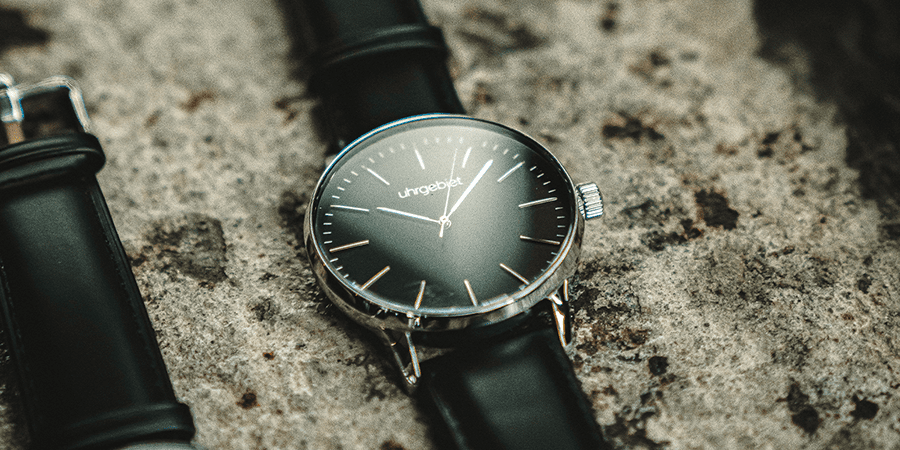
10. Why Display Watches Are Set to “Happy Time”
Ever noticed that most display watches in stores are set to the same time—10:10 or sometimes 1:50? This isn’t a coincidence; it’s a carefully chosen detail known as “Happy Time.”
The positioning of the watch hands at these times creates a subtle but uplifting image, resembling a smiling face. This clever arrangement not only draws attention to the brand’s logo, often placed in the upper center of the watch dial, but also evokes positive emotions, making the watch more appealing to potential buyers.
It’s a small but impactful design trick that blends psychology and marketing, ensuring that every timepiece looks as inviting as possible while on display. Next time you’re browsing watches, see if you can spot this charming detail!
10. Watches: Timeless Icons in Cinema
Watches have long played a starring role in cinema, becoming as iconic as the characters who wear them. Nowhere is this more evident than in the James Bond franchise, where timepieces are more than accessories—they are symbols of sophistication, innovation, and adventure.
Sean Connery, the original Bond, donned a Rolex Submariner, setting the standard for the suave spy’s signature style. Decades later, Daniel Craig brought a modern edge to the character, pairing his portrayal with an Omega, blending cutting-edge technology with timeless elegance.
These watches don’t just keep time—they tell stories, enhance characters, and cement their place in cinematic history. Whether it’s Bond or another silver screen icon, the right watch can transform a character into a legend.
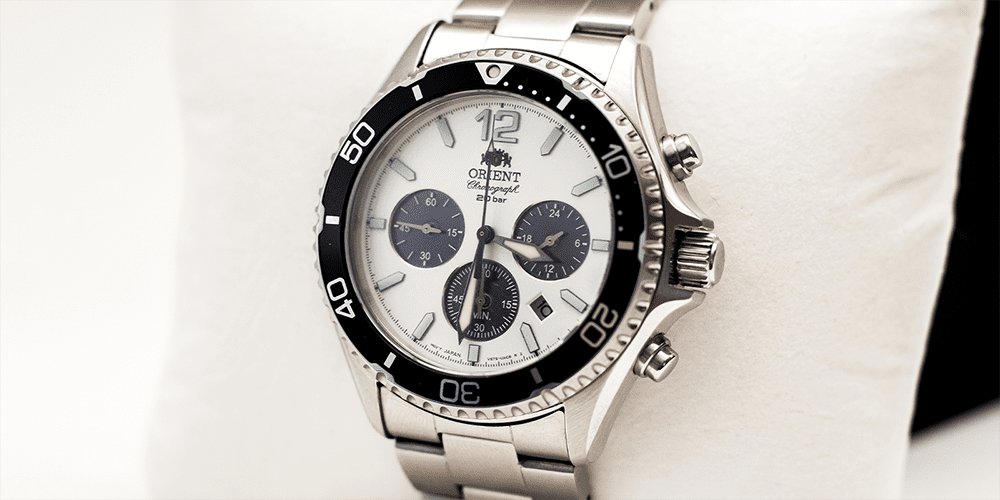
11. Watch Functions Are Known as “Complications”
Did you know that any function a watch performs beyond simply telling time is called a “complication”? These fascinating features can range from practical additions like date displays and chronographs to intricate mechanisms such as moon phase indicators and perpetual calendars.
Dive watches and pilot watches often boast an array of complications, catering to the specific needs of professionals who rely on these tools in challenging environments. Water resistance, dual time zones, and luminous hands are just a few examples that enhance functionality and reliability under extreme conditions.
In contrast, dress watches tend to embrace minimalism, focusing on elegance and simplicity with fewer complications. This streamlined design accentuates their classic appeal, making them perfect accessories for formal occasions.
Whether you’re captivated by the complexity of a multi-functional timepiece or the understated charm of a minimalist watch, complications add layers of personality and purpose, making each watch uniquely fascinating.
12. Dive Watches Are Engineered to Withstand the Deepest Pressures
Dive watches are not just built for style—they’re meticulously crafted to endure the immense pressures of the ocean’s depths. During the research and development phase, these rugged timepieces undergo rigorous testing to ensure they can withstand extreme conditions without compromise.
One critical test involves simulating the crushing pressures of deep-sea environments, pushing the watch to its limits to ensure it won’t implode under stress. This ensures maximum durability, dependability, and safety for professional divers and underwater adventurers alike.
Every dive watch is a testament to innovation and resilience, designed to conquer the unknown and perform flawlessly in the most demanding settings. It’s not just a timepiece; it’s a companion for exploration and survival.
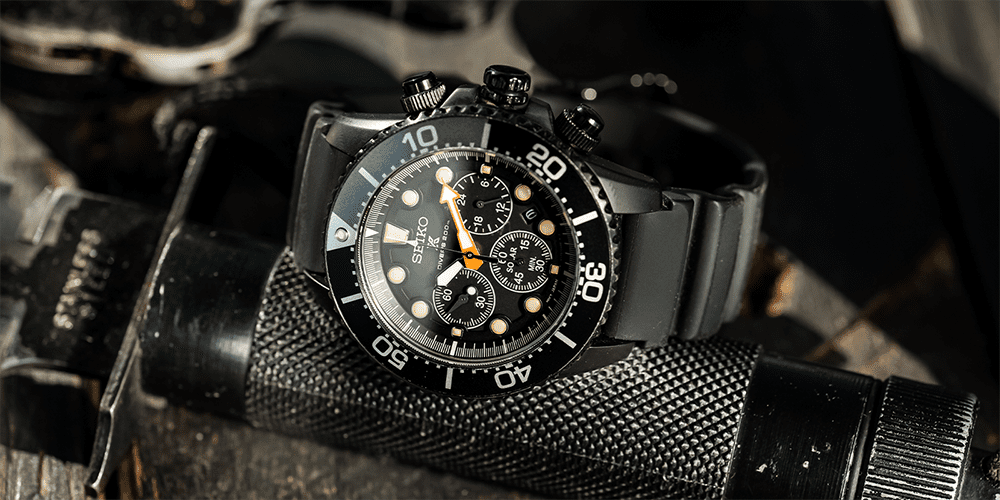

Preserve the Legacy of Your Timepiece with Expert Care
Timepieces are more than just tools for telling time—they are symbols of history, innovation, and personal style. From their fascinating origins to their iconic roles in culture and cinema, watches continue to captivate and inspire. Whether you’re drawn to the intricate complications of a dive watch or the timeless elegance of a vintage timepiece, every watch has a story worth preserving.
If your watch has seen better days or needs expert care to keep it running smoothly, we’re here to help. At My Jewelry Repair, our Certified Watchmakers and Technicians provide professional service under manufacturer standards, ensuring your treasured timepiece is restored to perfection. Let us help you protect its legacy so you can enjoy it for years to come—and even pass it on to future generations. Click here to learn more about our expert watch repair services!
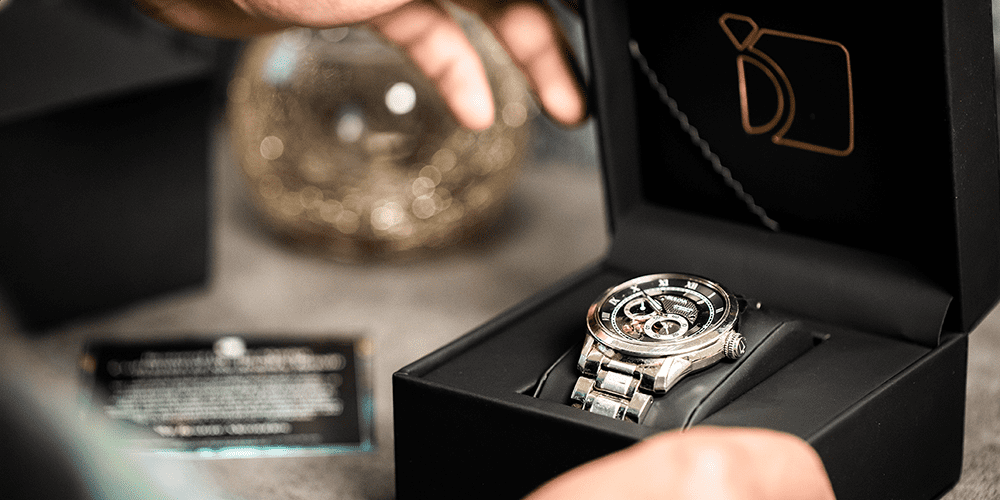
Explore Our Jewelry & Watch Repair Services!
Visit our Jewelry & Watch Repair Services to learn more about the servicing that we offer or to start a repair today and experience unparalleled expertise in jewelry & watch care.

Our Certifications Include






